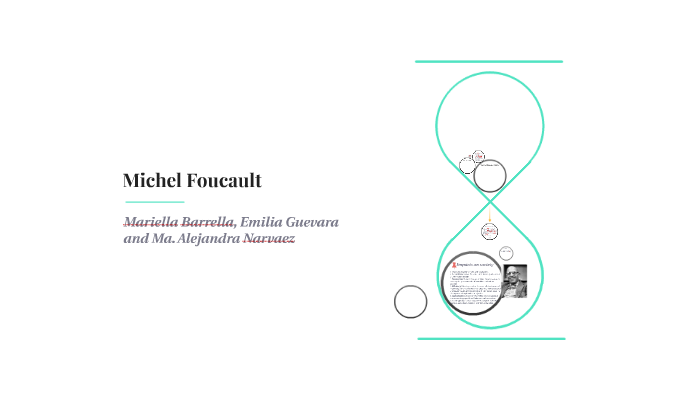
In that position, the inspector would be able to observe everything that goes on in the prison. In other words, the inspector is central and can see without being seen. At the same time, the inmates can’t see the inspector, because the inspector’s lodge has blinds. From that lodge, the inspector can see into each cell, because the cells have an iron grating that the inspector can look through. In the middle of the circle is what Bentham calls the “inspector’s lodge”. In Bentham’s design, the cells of the inmates would be along the circular walls, and all of the cells would have windows in the outer wall. All he would have to do is turn around occasionally to see the other half of the cells behind him. A circular building with the inspector being in the middle of it would allow the inspector to easily see all of the cells. More specifically, he designed the Panopticon prison to be circular.

Now, in order to achieve that aim that inmates are under the impression that they might constantly be watched, Bentham placed a central importance on architecture. In other words, the inspector needs to have a central position in the prison, so that he can see the inmates, but at the same time, they should not be able to see him.

And, according to Bentham, that would lead the inmates to believe that the inspector might be constantly watching them. But if the inmates can’t see the inspector, then they don’t really know whether he’s not watching them or not. If the inmates would be able to see the inspector, then they would know when he or she is watching them and when he or she is not watching them.

The second element is the idea of “seeing without being seen,” meaning that the inspector should be able to watch the inmates, but not be seen by them. The first element is that the inspector should be central he or she should have a central position in the prison.

This feeling of being constantly being watched is achieved in the Panopticon through two inter-linked elements. Bentham’s Panopticon Seeing Without Being Seen


 0 kommentar(er)
0 kommentar(er)
